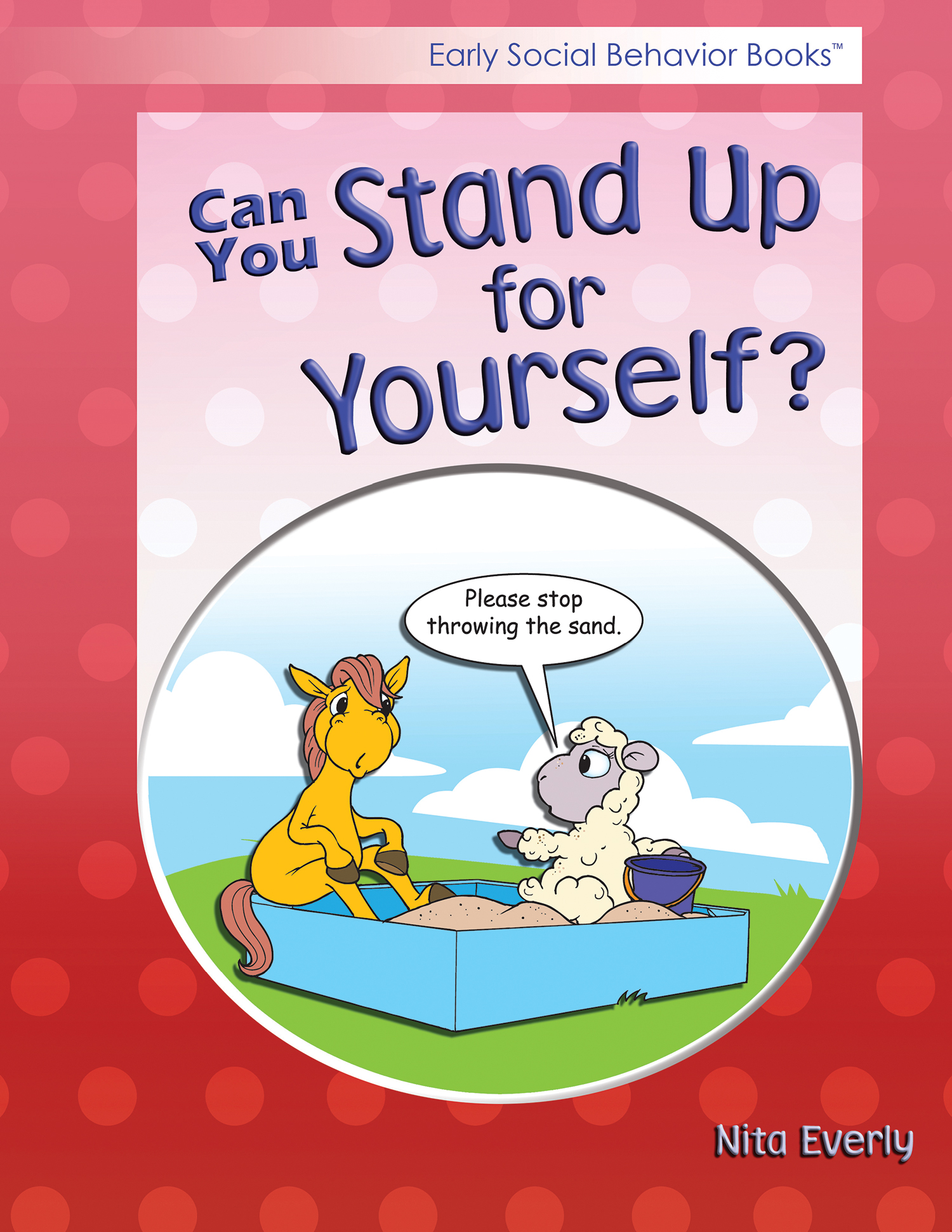Related Products
For Parents
Related Teacher Tools Takeout Items
Questions Families Often Ask about their Child with Hearing Loss
Frequently Asked Questions About Hearing Loss
This information was derived from a meaningful article written for audiologists titled
Anticipate Families’ Most Common Hearing Healthcare Questions
by Joanne Smith and Jace Wolfe in
The Hearing Journal, 68 (4), 22, 23, 26, 28.
Readers are encouraged to refer to the original article.
Questions addressed below:

– What caused my child’s hearing loss?- – How many hours per day should my child wear hearing aids?
- – What can my child hear?
- – Does my child need other hearing technology in addition to a hearing aid?
- – How much should my child understand when using hearing aids or cochlear implant sound processors?
- – Is my child’s speech, language, and auditory skill development normal?
- – Does my child need a cochlear implant? Is he a candidate?
- – What can I do to help my child learn spoken language?
- – How long should my child’s hearing aids last?
- – How do I take care of my child’s hearing aids?
What caused my child’s hearing loss?
Fortunately, advances in technology have allowed us to determine the etiology of most types of congenital hearing loss. Almost 60 percent of congenital hearing loss cases have a primary genetic component, and a comprehensive genetic evaluation can identify the specific cause of hearing loss for about 90 percent of these patients. Additionally, as many as 25 percent of congenital hearing loss cases may be attributed to congenital cytomegalovirus.
For many parents, understanding the cause helps them deal with the emotional consequences of hearing loss and support their child. In our experience, it’s common for parents to harbor feelings of guilt because they erroneously assumed that their own actions while the child was in utero caused the hearing loss. In almost all cases the cause of hearing loss is not due to something that resulted from an activity, behavior or choice made by the mother.
It is helpful to know the cause of the child’s hearing loss so to understand the potential for the condition in future children. Understanding the etiology of the hearing loss can also be important for understanding if the child is at risk for progressive hearing loss or other associated medical issues that can occur if hearing loss is just one part of a syndrome. Finally, knowing the cause of a child’s hearing loss can help determine the prognosis associated with hearing aids or cochlear implants.
What can my child hear?
Parents frequently ask this question. Having a clear understanding of what the child cannot hear and how hearing aids helps him or her hear goes a long way in helping families to understand why it is crucial that the hearing aids be worn all waking hours. Many hearing aid analyzers allow audiologists to demonstrate the effects of hearing loss. Hearing loss simulations are often quite useful, and many are available on
this website.
The goal is for a child to hear all of the sounds of speech when spoken with a quiet voice so that verbal language learning can occur naturally. To do this, consistent hearing aid use is necessary AND the hearing aids must be well-fit, meaning aided hearing thresholds in the 20-25 dB HL range.
How many hours per day should my child wear hearing aids?
The quick answer is that every child needs to wear her aids during all waking hours. At Hearts for Hearing, we like to say,
“Eyes open; ears on.”
During the first three years of life, children typically sleep between 13 and 16 hours a day. With that in mind, hearing aid wear time should probably range from seven to eight hours a day for newborns, to nine to 11 hours a day for children 6 months to 3 years of age. Parents often need more information on how to establish these wear-time goals and seek
strategies to achieve them.
Does my child need other technology in addition to a hearing aid?
“Yes,” regardless of whether the child is using hearing aids or cochlear implants. “Language is caught, not taught” meaning that children learn language by hearing it occurring incidentally around them throughout each day. Children must try to interpret speech in the presence of competing noise for at least 70 percent of their day in order to learn language. Infants and young children routinely encounter situations where speech is quieter than background noise. The necessary speech understanding in these situations to learn language at a rate typical of children without hearing loss will only occur with the use of remote microphone technology, often called
FM systems. We know that children should be exposed to about 46 million words by the time they are 4 years old. The ONLY way children who use hearing aids or cochlear implants can reach this goal is by using remote microphone technology.
How much should my child understand when using hearing aids or cochlear implant sound processors?
With today’s hearing technology, it is tempting to say that children who have hearing loss should understand 100 percent of known words while using their hearing aids or cochlear implants BUT, if possible, this could only occur in very quiet conditions when the child is close to the person talking. What we don’t readily know is the degree of limitation of the impaired peripheral auditory system. The inner ear itself is damaged, deformed or has many fewer receptor cells than a typically hearing person, but just how much that impacts how the child will be able to process the sounds that are heard is not easy to estimate, especially in young children. and in our ability to stimulate that system effectively do not allow every patient to understand 100 percent of target words on a linguistically appropriate monosyllabic word recognition test. If a child can understand 80 percent of known single words spoken in quiet without visual cues (lipreading), then – assuming that there have been effective early intervention services, a high degree of parent support and continuing school support – we can expect that child to communicate adequately when using optimal technology (FM), contextual cues, and speechreading in most real-world situations.
Is my child’s speech, language, and auditory skill development normal?
This may be the most important question family members can ask! We must strive for speech and language scores similar to those achieved by hearing children of the same age. Every child should receive formal, standardized assessments of speech and language, at least every 6 months, to ensure that the child is on track to make at least one year of progress in speech and language development for every one year of chronological age. Of course, a child’s neurological/cognitive abilities, and motor development should also be considered as variables that affect spoken language development. Because 40 percent of children with hearing loss have a secondary diagnosis it is critically important to monitor child development closely in early childhood. From the start, we should establish ambitious, yet realistic, goals that reflect the type of future families want for their children. In order to be ready to read in first grade like age peers, it is necessary to have at least 5 years of optimal hearing and attention to language and auditory development.
Does my child need a cochlear implant? Is he a candidate?
This question does not always have a simple answer. Most children with average hearing thresholds of 80 dB HL or poorer will achieve better spoken language development with the use of a cochlear implant for at least one year than they would with bilateral hearing aids. The question becomes more complex for children who have average thresholds in the severe hearing loss range (65-79 dB HL). A child’s candidacy for cochlear implantation does not hinge on the degree of hearing loss alone. If, with consistent hearing technology use and attention to language development, a child does not achieve one year of speech and language growth within one calendar year then the a team should evaluate the effectiveness of the child’s hearing aid technology. If the team determines that the child is using the best hearing technology available, the technology is optimally set for the child, the child has access to a robust model for speech and language development, and additional disabilities are not the primary reason for the delay, then a cochlear implant should be considered.
What can I do to help my child learn spoken language?
It is important for parents to become the sportscaster Bob Costas of their child’s life, providing a play-by-play of every moment throughout the day. For example, when preparing cereal for an infant, the parent might say,
“Oh, you are so hungry. I think it’s time to eat breakfast. Today, we are going to have rice cereal and bananas. The cereal is in the pantry. Uh-oh, Daddy moved the box. It’s on the bottom shelf today. Now we need a bowl from the cabinet. Let’s open the cabinet door. There it is! The bowl has a frog on it.”
Although the preceding example may seem elementary, such a play-by-play description results in a tidal wave of intelligible words, serving as a rich model for spoken language development in a child.
Parents should also sing to their children as much as possible. Singing or talking in melodic tones actively engages both sides of the brain, resulting in rich stimulation of the auditory centers of the nervous system.
Finally, parents should read as many books throughout the day as possible. The simple act of reading age-appropriate books provides a robust model for speech and language development.
How long should my child’s hearing aids last?
This is another tough question to answer. In some children, hearing loss is progressive, requiring a change to more powerful hearing aids or cochlear implant technology. Families should expect hearing technology to last no longer than four to five years and there are a variety of situations may require a change to different hearing technology prior to that time.
Families should consider the cost of hearing technology when choosing an insurance plan as hearing aid benefits vary widely from one plan to the next. Also, families should try to put aside money each month to cover technology that they can expect to purchase every three to five years.
How do I care for my child’s hearing aids?
A listening stethoscope is needed so that the family can do daily listening checks to ensure that the hearing technology is working appropriately. Also, a hearing aid dehumidifier (i.e., DriAid) is the best ‘hearing aid house’ for hearing technology when the child is sleeping. It is critically important that caregivers understand
appropriate care, use, and maintenance of hearing technology in order to ensure the child always has access to appropriately functioning devices. Families also need to know
effective strategies to keep hearing technology on the child’s head during all waking hours, such as the utilization of headbands, sports bands, pilot caps, and toupee tape to keep devices in place.
Posted to
Supporting Success for Children with Hearing Loss on April 24, 2015 with consent of article authors. Sincere thanks to Jace Wolfe and Joanna Smith for their work and generosity in sharing this information.




